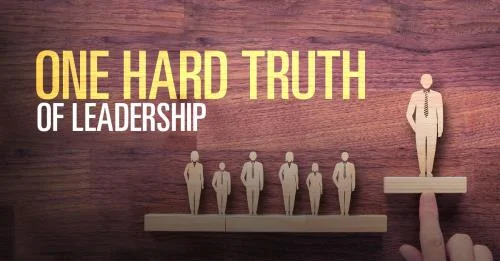Luxury travel can be about more than sightseeing—it can also be about restoring your mind, body, and spirit. Wellness luxury tours offer travelers a combination of relaxation, health-focused experiences, and high-end comfort. Visiting destinations dedicated to wellness ensures a transformative journey that nurtures both mental and physical well-being.
Choosing Destinations for Wellness Luxury Tours
Selecting destinations with a focus on wellness is key for these luxury tours. Popular options include Bali, Thailand, Switzerland, and Costa Rica, where resorts and retreats offer spa therapies, yoga, meditation, and holistic health programs. Visiting such locations ensures that your journey supports relaxation, rejuvenation, and personal growth.
Booking Luxury Accommodations for Wellness Tours
Accommodations play a crucial role in wellness luxury tours. Opt for resorts, boutique hotels, or retreat centers that emphasize wellness amenities such as spa facilities, meditation spaces, fitness studios, and healthy dining options. Visiting these accommodations allows travelers to enjoy comfort while prioritizing well-being throughout their journey.
Planning Activities on Wellness Luxury Tours
Wellness luxury tours include carefully curated activities that promote relaxation and balance. Options may include yoga classes, meditation sessions, nature hikes, detox programs, and spa treatments. Visiting these locations with expert instructors and guides ensures a safe, structured, and highly beneficial experience, combining adventure and mindfulness.
Traveling Comfortably During Wellness Luxury Tours
Comfortable travel logistics are essential for wellness luxury tours. Private transportation, airport transfers, and stress-free itineraries minimize travel fatigue. Visiting multiple destinations through organized routes allows travelers to maximize relaxation and focus on personal well-being. Luxury tours providers often offer personalized schedules to enhance both convenience and comfort.
Dining Experiences on Wellness Luxury Tours
Healthy and mindful eating is an integral part of wellness luxury tours. Many resorts provide organic, locally sourced, and nutritionally balanced meals. Visiting local farms, participating in cooking workshops, or enjoying customized meal plans enhances the experience and supports a holistic approach to travel. Gourmet wellness dining ensures flavor and health go hand in hand.
Capturing Memories During Wellness Luxury Tours
While wellness trips focus on self-care, capturing memories is still meaningful. Journaling, photography, or digital storytelling allows travelers to reflect on their journey. Visiting scenic spots, serene landscapes, or wellness centers provides opportunities for peaceful, memorable moments. Personalized wellness souvenirs can serve as reminders of the rejuvenating experience.
Conclusion
Wellness luxury tours provide a perfect combination of relaxation, health, and luxury. By choosing destinations focused on well-being, booking wellness-oriented accommodations, planning restorative activities, and enjoying mindful dining, travelers can achieve both comfort and rejuvenation. Visiting the world through wellness luxury tours ensures a transformative, enriching, and deeply satisfying travel experience.










